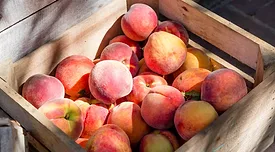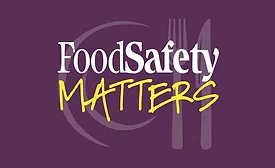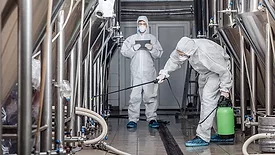Home » Keywords: » sanitation
Items Tagged with 'sanitation'
ARTICLES
Food Safety Culture and Its Impact on Pest Management
Your sanitation team is critical to the success of your IPM program
October 9, 2023
EVENTS
Webinar
8/28/25 to 8/28/26
Contact: Vania Halabou
Strategies for Rodent Control in Distribution Facilities
Webinar
11/4/25 to 11/4/26
Contact: Vania Halabou
Clues for Containment: Proactive Rodent Control Strategies
Webinar
11/18/25 to 11/18/26
Contact: Vania Halabou
Dry Sanitation and Cleaning Techniques for Facilities and Equipment
Never miss the latest news and trends driving the food safety industry
eNewsletter | Website | eMagazine
JOIN TODAY!Copyright ©2025. All Rights Reserved BNP Media.
Design, CMS, Hosting & Web Development :: ePublishing










.webp?height=168&t=1652479253&width=275)
